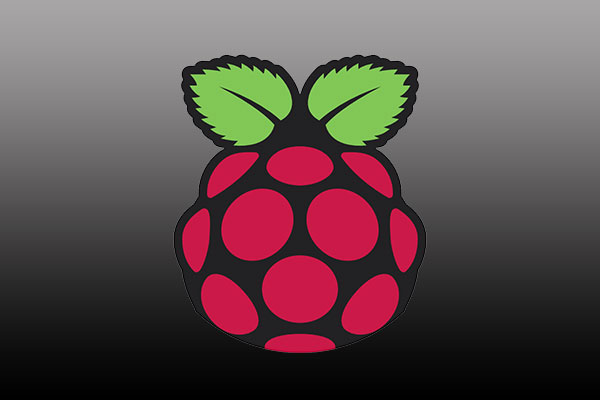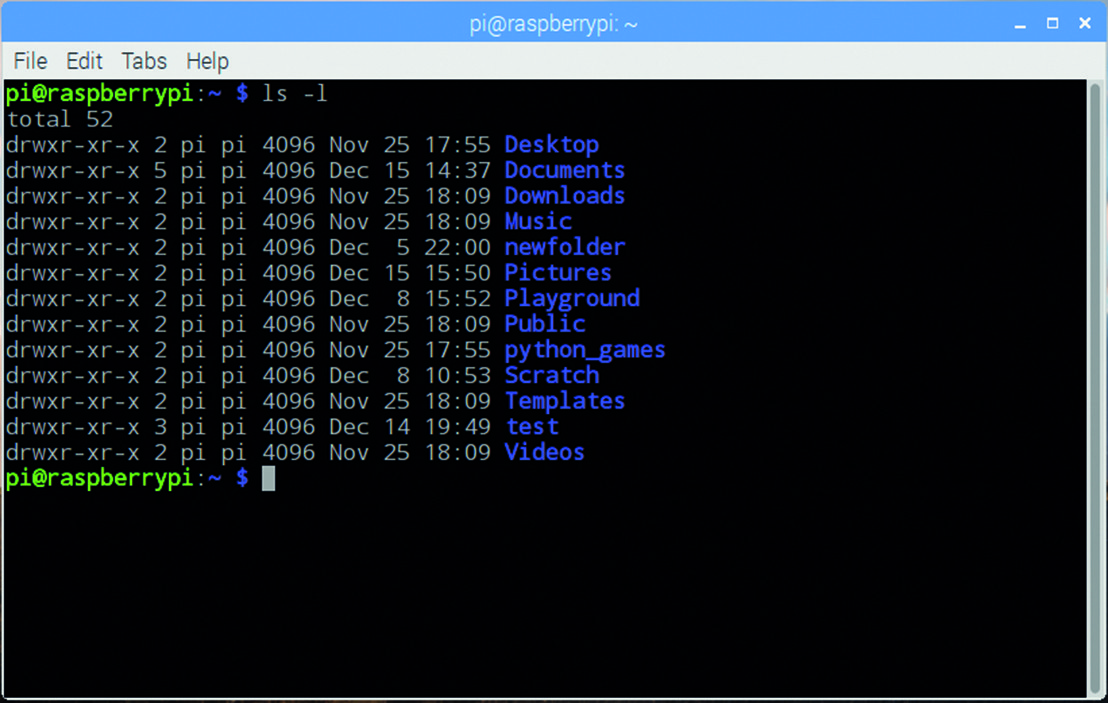

- RASPBERRY PI TASK MANAGER SHORTCUT HOW TO
- RASPBERRY PI TASK MANAGER SHORTCUT FULL VERSION
- RASPBERRY PI TASK MANAGER SHORTCUT PDF
- RASPBERRY PI TASK MANAGER SHORTCUT ARCHIVE
- RASPBERRY PI TASK MANAGER SHORTCUT TRIAL
You rarely need the files in it more than once.Īs soon as I have too many files in it, I delete everything or at least move the files into a subfolder to make sure I don’t need them.Īnyway, it isn’t a good practice to keep your applications in the Downloads folder. I don’t know for you, but in my case, I consider the Downloads folder a temporary folder. After installing P圜harm, there are at least two things you can do to improve your experience. If you are used to my articles, you know that I always try to add a few bonus tips.
RASPBERRY PI TASK MANAGER SHORTCUT PDF
Grab your free PDF file with all the commands you need to know on Raspberry Pi!
RASPBERRY PI TASK MANAGER SHORTCUT HOW TO
If you don’t understand what we are doing here, or need any more help, I have an entire tutorial on how to install Java on a Raspberry Pi.
RASPBERRY PI TASK MANAGER SHORTCUT FULL VERSION
RASPBERRY PI TASK MANAGER SHORTCUT ARCHIVE


To download the files, you can go to this URL on the official website.
RASPBERRY PI TASK MANAGER SHORTCUT TRIAL
In this tutorial, we’ll try the Community Edition, but there is a free trial for the Professional if you are interested. A Community Edition, which is open-source and free to use.A Professional Edition, where you need a license to use it (approximately $200 a year).COMMAND – the command used to start the process ( tail -f /var/log/messages).START – starting time or date of the process.RSS – resident set size, the non-swapped physical memory that a task has used (in KiB).VSZ – virtual memory usage of entire process (in KiB).%MEM – the ratio of the process’s resident set size to the physical memory on the machine.%CPU – the CPU time used divided by the time the process has been running.PID – process ID of the process ( 2570).USER – the user who owns the process (the user pi in this case).Used with these options, the ps command will display all processes running on our system, along with information such as the username of the process′s owner, CPU loads, the starting time of the process, the command that initiated the process, etc: But the most commonly used options with the ps command are a, u and x ( ps aux). The output above gives us some useful information, such as the PIDs of the running processes and the commands used to start them. For example, to get information about all processes running on our system, we can use the ps -A command: We need to run the ps command with various options in order to get more info about our system. The output above doesn’t provide many useful information. Used without any options, ps displays only processes started from the current terminal:

It can accept a lot of options that can come in handy when troubleshooting your system. The ps (short for process status) command is used to list processes currently running on your Raspbian system. Each process has a process id ( PID) and it’s associated with a particular user and group account. When you run a command in the terminal, a program is run and a process is created for it. A process is an instance of a running program.


 0 kommentar(er)
0 kommentar(er)
